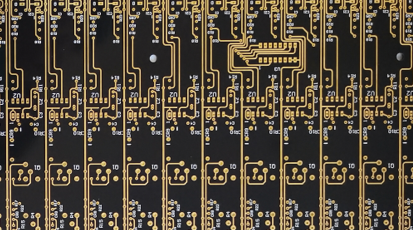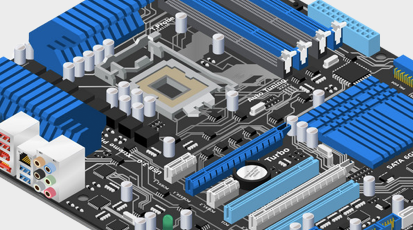What Are Shortages of Solving PCB with Strategies and Solutions?
By:PCBBUY 02/26/2025 16:39
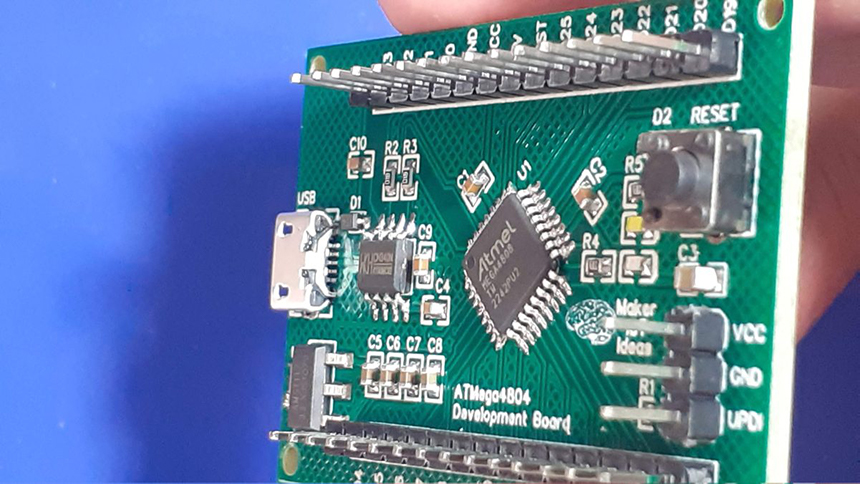
Introduction
The global electronics industry has been facing significant challenges due to shortages in Printed Circuit Board (PCB) supply. These shortages have been driven by a combination of factors, including increased demand, supply chain disruptions, and raw material scarcities. This article provides a comprehensive overview of the strategies, innovations, and sustainable solutions to address PCB shortages. We will delve into the underlying principles, necessary chemical and physical processes, and present detailed data and comparative tables to illustrate the impact and benefits of various approaches.
What Are the Principles of PCB Manufacturing and Supply Chain Dynamics?
Understanding PCB Manufacturing
PCBs are essential components in virtually all electronic devices, providing the mechanical support and electrical connections necessary for their operation. The manufacturing process involves several critical steps, including design, material selection, etching, lamination, drilling, plating, and testing.
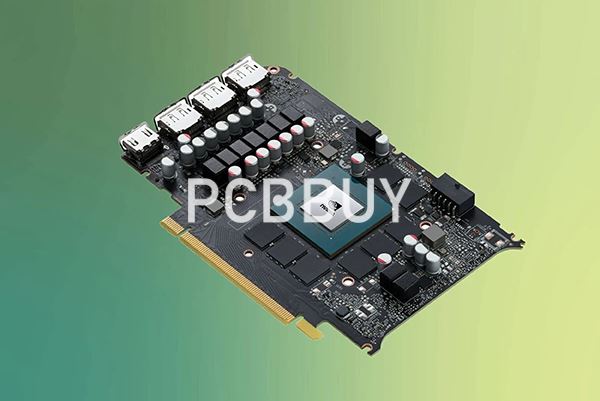
Key Materials in PCB Manufacturing
1. Substrate Materials: Typically FR-4, a composite of epoxy resin and fiberglass. The dielectric constant (er) and loss tangent (tanδ) are critical parameters.
2. Conductive Materials: Copper is the most common conductive material, with its conductivity σ) and thickness affecting signal integrity and thermal management.
3. Surface Finishes: Common finishes include HASL (Hot Air Solder Leveling), ENIG (Electroless Nickel Immersion Gold), and OSP (Organic Solderability Preservatives).
Supply Chain Dynamics
The PCB supply chain involves multiple stages, from raw material extraction to final product delivery. Key stages include:
1. Raw Material Supply: Sourcing of copper, fiberglass, epoxy resin, and other materials.
2. Manufacturing: Fabrication of PCBs through processes such as etching, lamination, and plating.
3. Distribution: Logistics and transportation of finished PCBs to manufacturers.
4. Integration: Assembly of PCBs into final electronic products.
What Are Causes of PCB Shortages?
Increased Demand
The rapid growth of the electronics industry, driven by trends such as the Internet of Things (IoT), 5G, and electric vehicles, has led to a surge in demand for PCBs.
Supply Chain Disruptions
Global events such as the COVID-19 pandemic, geopolitical tensions, and natural disasters have disrupted supply chains, leading to shortages of raw materials and finished PCBs.
Raw Material Scarcity
The scarcity of key raw materials, such as copper and rare earth elements, has exacerbated PCB shortages. Factors contributing to this scarcity include mining challenges, environmental regulations, and geopolitical issues.

Strategies to Solve PCB Shortages
Diversification of Supply Chains
Diversifying supply chains can reduce dependency on single sources and mitigate the impact of disruptions. Strategies include:
1. Multiple Suppliers: Sourcing materials and components from multiple suppliers to ensure continuity.
2. Local Sourcing: Reducing reliance on international suppliers by sourcing materials locally.
3. Strategic Stockpiling: Maintaining strategic inventories of critical materials and components.
Advanced Manufacturing Techniques
Advanced manufacturing techniques can enhance efficiency and reduce waste, helping to alleviate shortages. These techniques include:
1. Additive Manufacturing: Using 3D printing to create PCBs and components, reducing material waste and lead times.
2. Automation: Implementing automated manufacturing processes to increase production speed and consistency.
3. Lean Manufacturing: Adopting lean manufacturing principles to minimize waste and optimize resource utilization.
Recycling and Reuse
Recycling and reusing materials and components can reduce the demand for new raw materials and mitigate shortages. Strategies include:
1. Component Harvesting: Extracting usable components from obsolete or discarded electronic devices.
2. Material Recovery: Recovering valuable materials, such as copper and gold, from electronic waste.
3. Refurbishment: Refurbishing and reusing PCBs and components to extend their lifecycle.
Innovation in Materials
Developing new materials with improved properties and availability can help address shortages. Innovations include:
1. Alternative Substrates: Exploring alternative substrate materials, such as biodegradable polymers and advanced ceramics.
2. Conductive Inks: Using conductive inks for printing circuits, reducing the need for traditional copper etching.
3. Nanomaterials: Leveraging nanomaterials to enhance the performance and reduce the material requirements of PCBs.
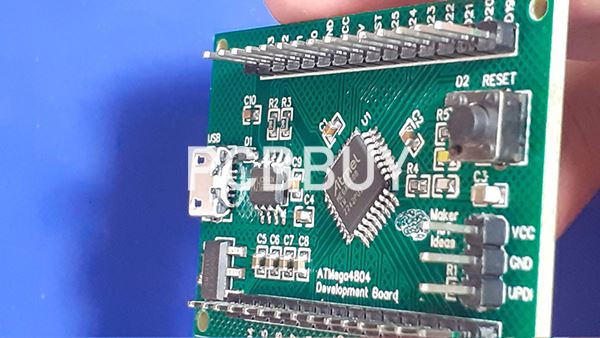
Data and Comparative Analysis
Performance Metrics
To evaluate the impact of various strategies on solving PCB shortages, several metrics are considered, including supply chain reliability, cost, production efficiency, and environmental impact. The following table compares these metrics for traditional and advanced manufacturing techniques:
|
Metric |
Traditional Manufacturing |
Advanced Manufacturing |
|
Supply Chain Reliability |
Low |
High |
|
Cost |
High |
Medium |
|
Production Efficiency |
Medium |
High |
|
Environmental Impact |
High |
Low |
Cost Comparison
The cost comparison between traditional and advanced manufacturing techniques is presented in the table below:
|
Production Volume |
Traditional Manufacturing Cost (USD) |
Advanced Manufacturing Cost (USD) |
|
1-10 units |
5000 |
4000 |
|
11-100 units |
20000 |
15000 |
|
101-1000 units |
100000 |
80000 |
Environmental Impact
The environmental impact of traditional versus advanced manufacturing techniques is assessed based on material waste and energy consumption:
|
Aspect |
Traditional Manufacturing |
Advanced Manufacturing |
|
Material Waste (%) |
20 |
10 |
|
Energy Consumption (kWh/kg) |
25 |
15 |
What Are Case Studies and Real-World Applications?
Automotive Industry
In the automotive industry, PCB shortages have impacted the production of electric vehicles (EVs). A case study involving a leading EV manufacturer demonstrated that diversifying the supply chain and implementing additive manufacturing techniques reduced production delays and costs.
Consumer Electronics
In the consumer electronics industry, PCB shortages have affected the production of smartphones and laptops. A case study involving a major smartphone manufacturer showed that recycling and reusing materials, along with advanced manufacturing techniques, mitigated the impact of shortages and improved sustainability.
Aerospace and Defense
In the aerospace and defense industry, PCB shortages have disrupted the production of critical systems. A case study involving a military communication system demonstrated that strategic stockpiling and local sourcing of materials ensured continuity of supply and maintained production schedules.
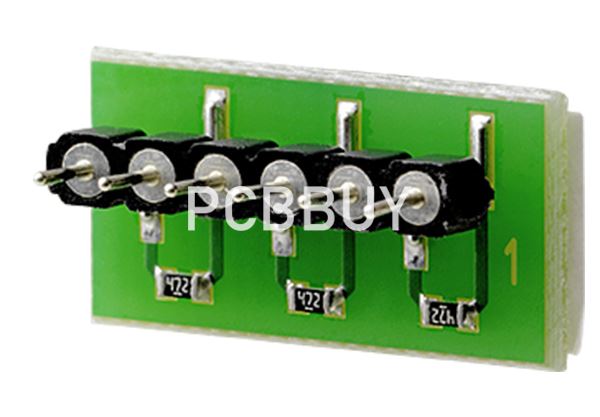
What Are Future Prospects and Challenges?
Advancements in Materials
Ongoing research is focused on developing new materials with improved properties and availability. Innovations such as biodegradable substrates, conductive inks, and nanomaterials hold great potential for addressing PCB shortages.
Integration with Other Technologies
The integration of advanced manufacturing techniques with other technologies, such as AI and IoT, can further enhance efficiency and sustainability. Smart manufacturing systems can optimize production processes, reduce waste, and improve supply chain reliability.
Addressing Limitations
Despite the advancements, challenges remain in fully solving PCB shortages. Issues such as the availability of raw materials, the scalability of advanced manufacturing techniques, and the need for industry-wide collaboration must be addressed to fully realize the potential of these solutions.
Conclusion
PCB shortages pose significant challenges to the global electronics industry, but through strategic diversification, advanced manufacturing techniques, recycling and reuse, and innovation in materials, these challenges can be mitigated. By leveraging these strategies, manufacturers can enhance supply chain reliability, reduce costs, and improve sustainability. As the industry continues to evolve, the integration of new technologies and materials promises to further address PCB shortages, paving the way for a more resilient and sustainable electronics industry.
Industry Category


